
By Hannah Brunton
UNESCO’s Global Media and Information Literacy Week 2022 takes place from 24-31 October 2022 under the theme of “Nurturing Trust”, giving governments, educators, information professionals, and media professionals the chance to discuss and reflect on critical issues that the world is facing in relation to misinformation and disinformation, and the challenges of navigating the online environment.
What is media and information literacy?
Media and information literacy (MIL) is defined by UNESCO as “an interrelated set of competencies that help people to maximise advantages and minimize harms in the new information, digital and communication landscapes”.
Previously, media literacy (ML) and information literacy (IL) have been treated as distinct concepts, with ML focusing specifically on media engagement, and IL referring in a broader sense to information skills such as search, discovery, access, analysis, and management.
In the early 2000s, UNESCO united the concepts under the umbrella term of media and information literacy (MIL), and while there is still some debate among ML and IL experts about whether this is the best approach, it is generally accepted that there is value in grouping them together to develop holistic policies and initiatives.
The UK’s Media and Information Literacy Alliance (MILA) have chosen also to treat the two concepts as one. They define MIL as “the ability to engage fully with media and information in people’s connected daily lives…engaging with media and information safely and healthily, critically and actively, with positive social consequences”.
Key MIL competencies include the skills and abilities to find, critically evaluate, interpret, manage, create, communicate, store, and share media and information, both online and offline.
Why is it important?
With rapid technological developments in recent decades and the exponential growth of media and information online, it is vital that people are equipped to navigate this increasingly complex landscape. MIL is therefore becoming a growing priority for key stakeholders including librarians, teachers, policymakers, media professionals, and youth organisations.
UNESCO estimates that 60% of the global population are internet users, and as this number grows and social media becomes an increasingly powerful tool, it is vital that people across the world can recognise potentially harmful content and prevent its spread.
MILA and UNESCO have highlighted concerns about the spread of misinformation and conspiracy theories around Covid-19, the climate crisis and violent extremism, and have warned that the spread of such misinformation threatens to weaken social unity, undermine democracy, and erode trust in government and the media on a global scale.
Increased access to online environments has led to a blurring of the lines between consumers and producers of information. As it becomes easier to create and share content online, it becomes increasingly difficult to effectively evaluate such content, distinguish between reliable and unreliable sources, and form balanced and informed perspectives.
The skills associated with MIL are crucial to addressing these issues, and there is a clear case for MIL initiatives that help people to develop these skills as a part of their lifelong learning. Being able to understand where information comes from, identify ‘fake news’, recognise bias, think critically about different perspectives, and create and share media responsibly, can encourage greater civic engagement and empower individuals and communities to create positive change.

MIL initiatives and resources
UNESCO are leaders in the global MIL arena in terms of influencing policy and strategy. Their Media and Information Literacy Alliance (distinct from the UK’s MILA) was set up to facilitate strategic partnerships and networks among the global MIL community and is open to all organisations and individuals.
UNESCO have various MIL-related publications including their MIL Policy and Strategy Guidelines, the MIL Curriculum aimed at both educators and learners, the Global MIL Assessment Framework for assessing country readiness, and the MIL Cities framework aimed at key stakeholders in the development of MIL at the city level. The MIL CLICKS campaign has been designed to encourage individuals to critically evaluate information before sharing it online.
In the UK, MILA was launched in response to the government’s Online Media Literacy Strategy, which was published by the Department for Digital, Culture, Media and Sport (DCMS) in July 2021. DCMS have since launched their Media Literacy Programme Fund which is intended to award grants for UK media literacy initiatives.
MILA have recently published the MILA Framework, a draft Information Literacy Impact Framework and a guide focused on disinformation around the Russian invasion of Ukraine. They have also launched a ‘Disinformation Step by Step’ MOOC (massive open online course) for educators, librarians, teachers and journalists, and have previously delivered free webinars during 2021’s Global MIL Week.
Building a media and information literate Scotland
Last month, CILIP Scotland ran an afternoon of online sessions on Building a Media, Digital and Information Literate Scotland, as part of their series of online Autumn Gatherings.
The event included a presentation on UNESCO’s MIL initiatives by Sheila Webber, Director of the Centre for Information Literacy Research at the University of Sheffield. Webber discussed the scope and impact of UNESCO’s work on MIL, noting the value of their publications and initiatives while highlighting the need for stronger partnerships and communication between stakeholders at the global level.
A panel discussion took place on issues around MIL for young people in Scotland and included a conversation about ‘Maddie is Online’ – a project aimed at developing MIL among pre-teen children through a video cartoon series addressing key challenges of the online environment.
The event also included a presentation on Ofcom’s ‘Making Sense of Media’ project, which involved in-depth research on the current state of media literacy in the UK and pilot initiatives promoting MIL among underserved communities.
A session delivered by Dr Ann Wales from the Digital Health & Care Innovation Centre discussed the ‘Information for Wellbeing’ course which was recently developed with NHS Scotland and the Scottish Library and Information Council (SLIC), to equip library staff with skills to help users find trusted health and wellbeing information. Dr Wales emphasised the importance of literacies in enabling engagement and influencing national policy change.
Final thoughts
There is a clear need for focused efforts to develop MIL and enable people to engage effectively with media and information. As demonstrated by the work of UNESCO and MILA, collaboration and strategic partnerships are key, and initiatives like Global MIL Week offer a valuable opportunity for the international and cross-sectoral communication needed to coordinate the global effort to ensure MIL for all.
Further reading: more about information, media and digital skills on the Knowledge Exchange blog:
Skilling up: the case for digital literacy
Social media: does it influence political participation?
Assessing information quality: sorting the wheat from the CRAAP










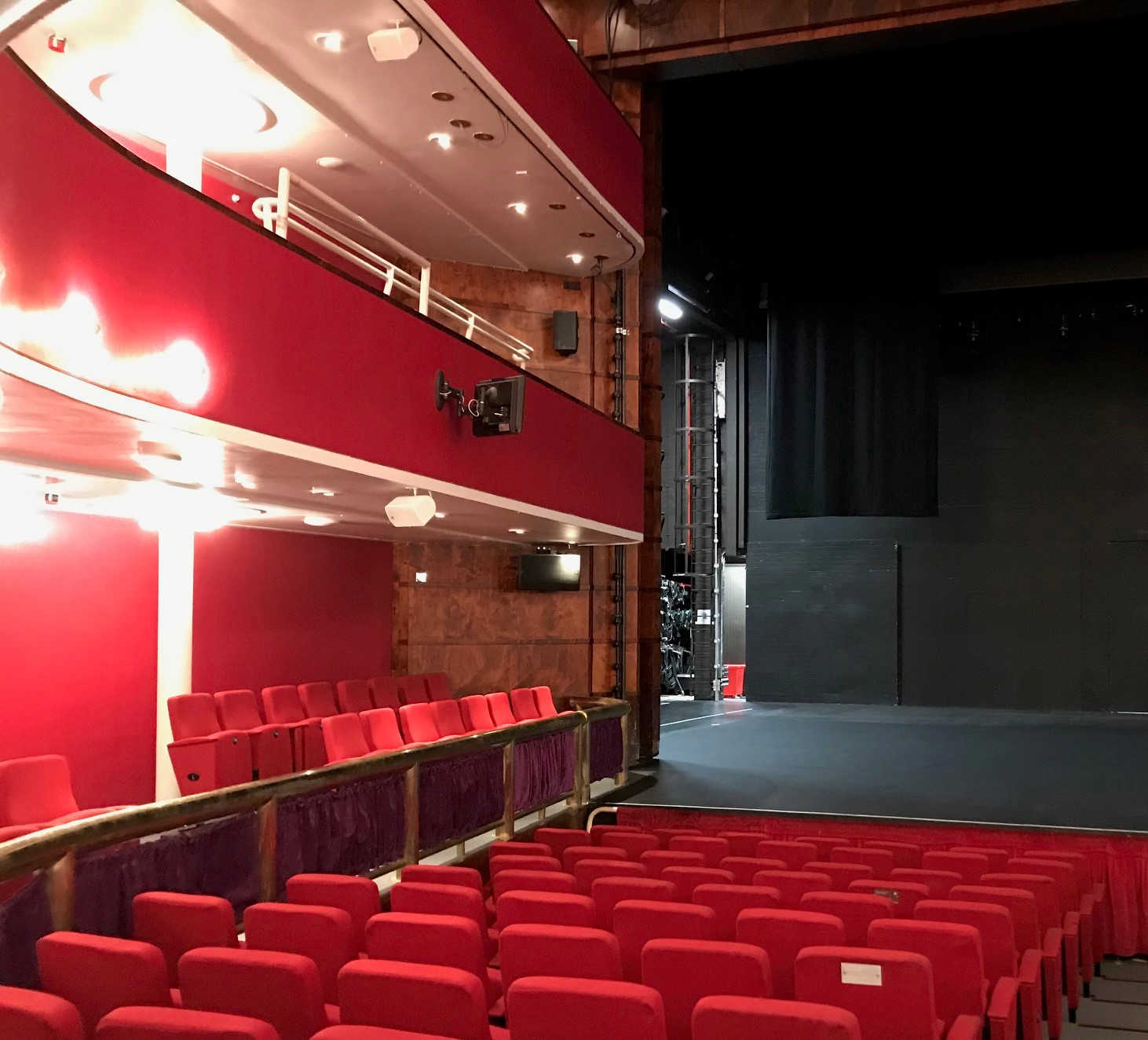



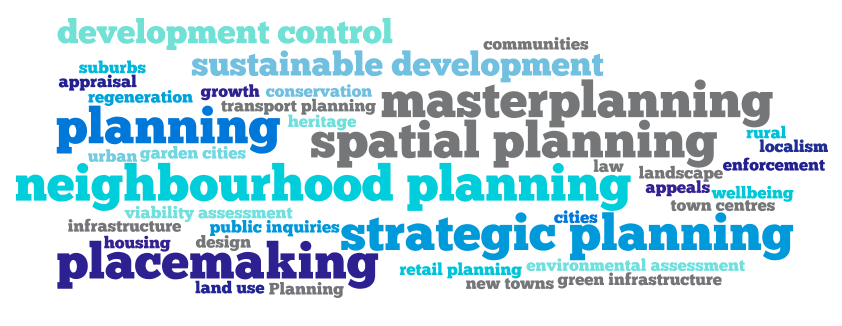 Anyone who reads our blog will know that our research team care about supporting the use of evidence in practice, whether that’s in social services, in housing, or in planning. And one of the unique resources we have to help do this is our very own library!
Anyone who reads our blog will know that our research team care about supporting the use of evidence in practice, whether that’s in social services, in housing, or in planning. And one of the unique resources we have to help do this is our very own library!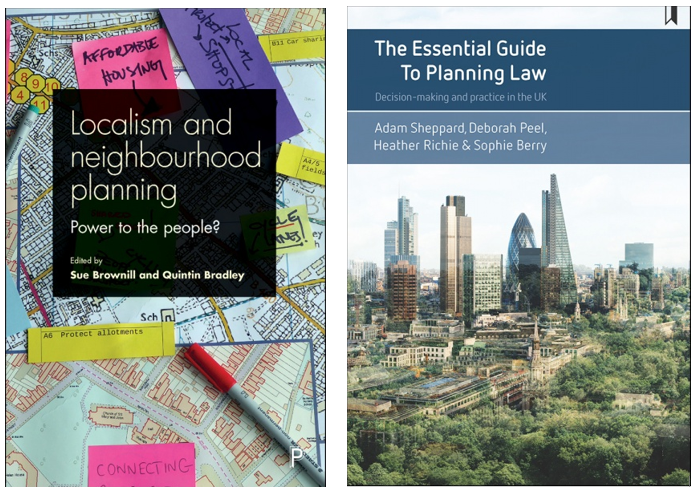

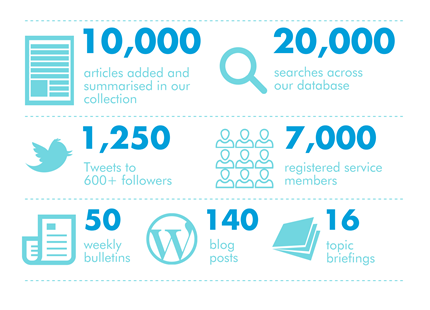

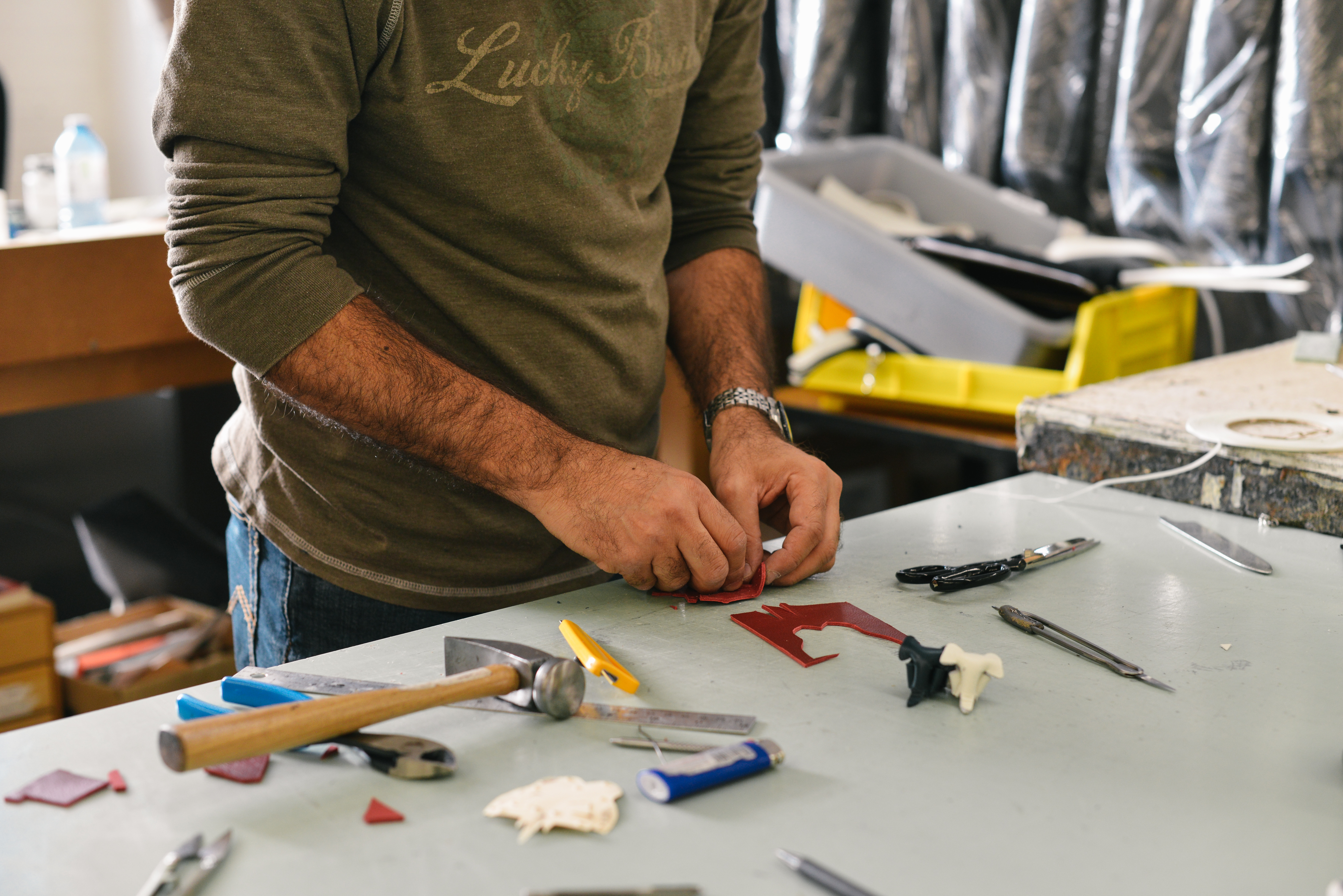
You must be logged in to post a comment.